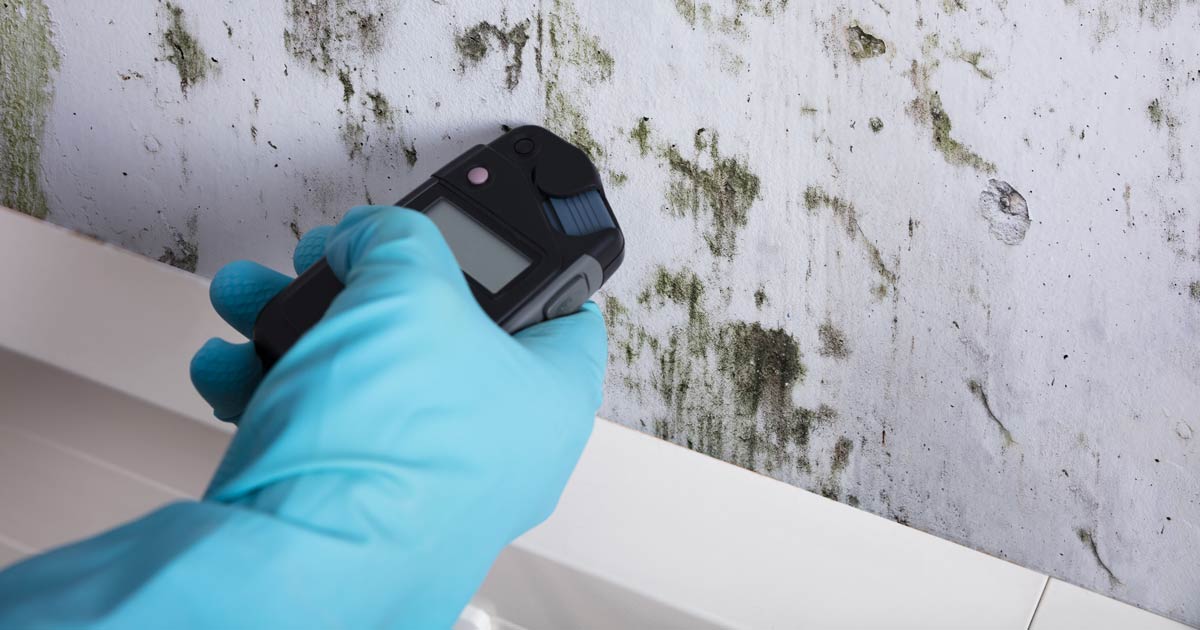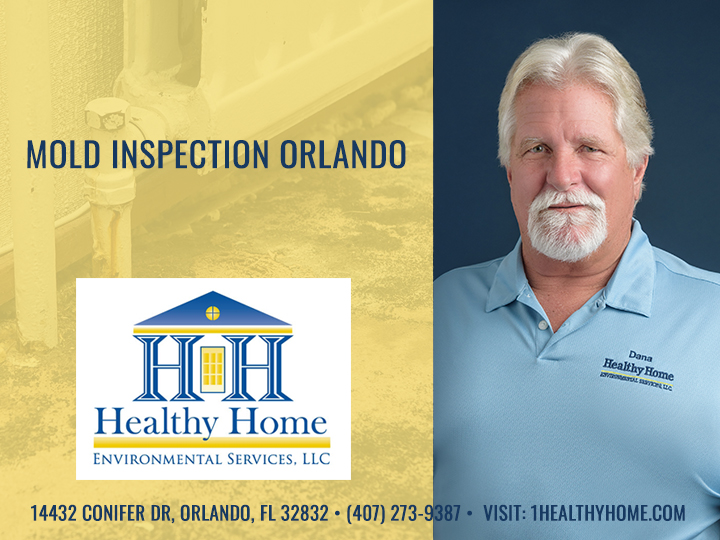The Need of Mycotoxin Evaluating in Agricultural Products to Guarantee Consumer Safety And Security
The necessity of mycotoxin testing in farming products is a crucial aspect of public health and safety and security that requires detailed exam. Mycotoxins, hazardous compounds created by certain fungis, can infiltrate various crops, leading to significant health dangers for consumers, such as carcinogenic results and body organ damages.
Recognizing Mycotoxins
Mycotoxins, toxic additional metabolites created by particular fungi, offer a significant danger to farming products and human health and wellness. These substances are produced by various species of molds, such as Aspergillus, Fusarium, and Penicillium, which can infect plants both pre- and post-harvest - Mycotoxin testing Services. The most typical mycotoxins consist of aflatoxins, ochratoxin A, fumonisins, zearalenone, and deoxynivalenol (DON)
Mycotoxin contamination can occur under certain ecological problems, such as high humidity and temperature level, which favor the development of mold and mildew. Agricultural items like cereals, nuts, seasonings, dried fruits, and coffee are particularly susceptible. The presence of mycotoxins in these products can bring about substantial financial losses due to reduced crop returns and the necessity for rigorous screening and purification procedures.
Comprehending the biochemical nature and formation of mycotoxins is crucial for establishing efficient mitigation techniques. Research has actually revealed that mycotoxins display a variety of chemical frameworks and homes, making discovery and removal difficult. Advanced logical methods, including chromatography and mass spectrometry, are made use of to identify and quantify mycotoxins in agricultural products, making certain that contamination degrees continue to be within risk-free limitations developed by regulatory bodies.
Health Dangers of Mycotoxins
Given the significant threats related to mycotoxins in agricultural products, understanding their effect on health and wellness is critical. Mycotoxins, poisonous secondary metabolites produced by fungis, position severe hazards to both human and animal wellness. Persistent direct exposure, also at reduced degrees, can bring about a series of negative wellness effects, consisting of carcinogenicity, teratogenicity, and immunosuppression. Aflatoxins, amongst the most notorious mycotoxins, are categorized as Team 1 health hazards by the International Agency for Research Study on Cancer (IARC), largely influencing the liver and raising the threat of hepatocellular cancer.
Intense mycotoxin poisoning, although much less common, can trigger immediate and extreme health and wellness troubles such as liver damage, intestinal disruptions, and hemorrhaging. Ochratoxin A, an additional powerful mycotoxin, is connected to kidney damage and has prospective carcinogenic results. At the same time, fumonisins, mostly influencing maize, are related to esophageal cancer and neural tube defects.

Typical Sources of Contamination
Recognizing the usual resources of contamination is essential for effectively handling and mitigating the dangers posed by browse this site mycotoxins. Mycotoxins are poisonous secondary metabolites created by certain types of fungi, which can pollute farming items at numerous stages of handling, manufacturing, and storage space. The main sources of contamination consist of field conditions, post-harvest handling, and storage space environments.
Area conditions play a significant function, with variables like weather, crop susceptibility, and soil health affecting fungal growth. Crops such as corn, peanuts, wheat, and tree nuts are especially prone to mycotoxin-producing fungi like Aspergillus, Fusarium, and Penicillium varieties. Inadequate crop rotation and bad parasite management can intensify the danger of contamination.
Post-harvest handling is another critical point where contamination can happen. Mechanical damage throughout harvesting and transportation creates entry points for fungi, while incorrect drying techniques can leave moisture levels high enough to sustain fungal development.
Storage space settings contribute substantially to contamination risks. Badly kept storage facilities with high humidity and temperature level degrees develop suitable problems for mycotoxin manufacturing. Normal evaluations and correct storage space problems are crucial in curbing this risk.
Mycotoxin Examining Methods
Effective monitoring of mycotoxin contamination hinges not just on recognizing prospective sources but additionally on executing robust screening approaches to identify these damaging substances. Mycotoxin testing approaches can be broadly classified right into immunochemical and chromatographic methods.
On the various other hand, enzyme-linked immunosorbent assay (ELISA) and lateral circulation assays project immunochemical browse around here approaches. ELISA, specifically, is widely made use of because of its cost-effectiveness, simplicity of usage, and fast turn-around time. Lateral circulation assays offer quick, on-site testing capabilities, making them ideal for area applications where prompt choices are essential.
Furthermore, improvements in molecular biology have actually presented PCR-based techniques capable of detecting mycotoxin-producing fungis at genetic degrees, providing a predictive method to contamination threat. Incorporating these varied methods improves the reliability and comprehensiveness of mycotoxin discovery, making certain that farming items fulfill safety and security criteria and protecting customers from possible health threats.
Benefits of Normal Checking

Normal mycotoxin screening offers significant advantages that considerably bolster agricultural safety and security and high quality. Mycotoxins, poisonous substances produced by specific fungi, can pollute food and pose severe health and wellness threats, consisting of cancer cells and acute poisoning.
Furthermore, constant testing assists in preserving the stability and reputation of farming manufacturers. By rigorously monitoring and controlling mycotoxin degrees, manufacturers can avoid legal repercussions and costly recalls. This not just ensures conformity with rigid global safety and security requirements however additionally cultivates consumer count on and commitment.

Verdict
The need of click for more mycotoxin screening in farming products is underscored by the substantial health threats presented by these toxic substances. It enhances the reputation of producers and promotes trust within the agricultural supply chain, inevitably safeguarding public wellness.
The requirement of mycotoxin testing in farming items is a vital facet of public health and wellness and security that necessitates comprehensive evaluation. Mycotoxins, toxic compounds produced by particular fungi, can infiltrate numerous plants, leading to considerable wellness threats for consumers, such as cancer causing impacts and organ damage.Mycotoxins, toxic additional metabolites produced by particular fungi, present a substantial threat to farming items and human wellness.Provided the considerable threats linked with mycotoxins in agricultural items, comprehending their effect on wellness is critical (Mycotoxin testing Services).The necessity of mycotoxin screening in agricultural products is highlighted by the considerable health risks posed by these hazardous compounds